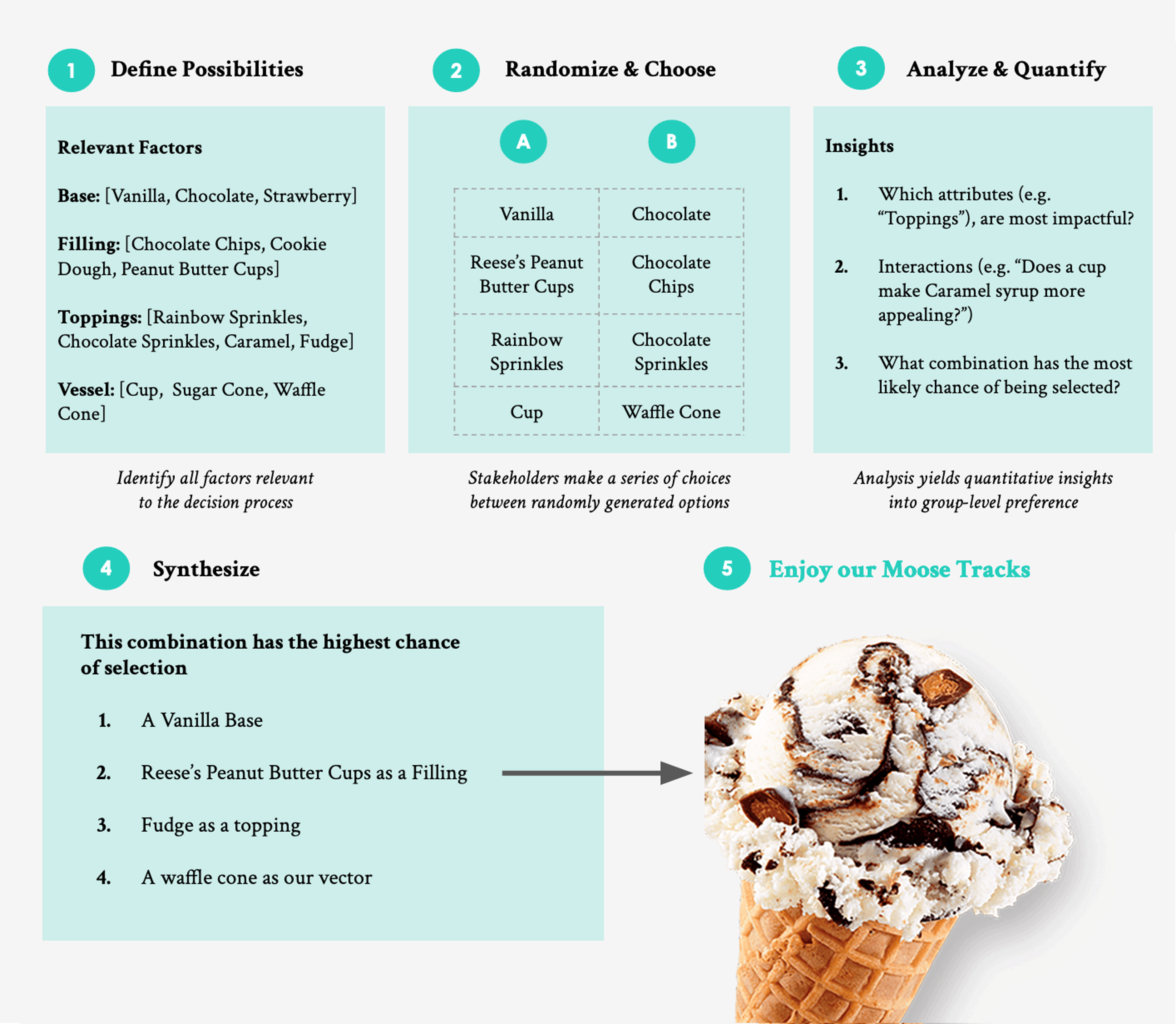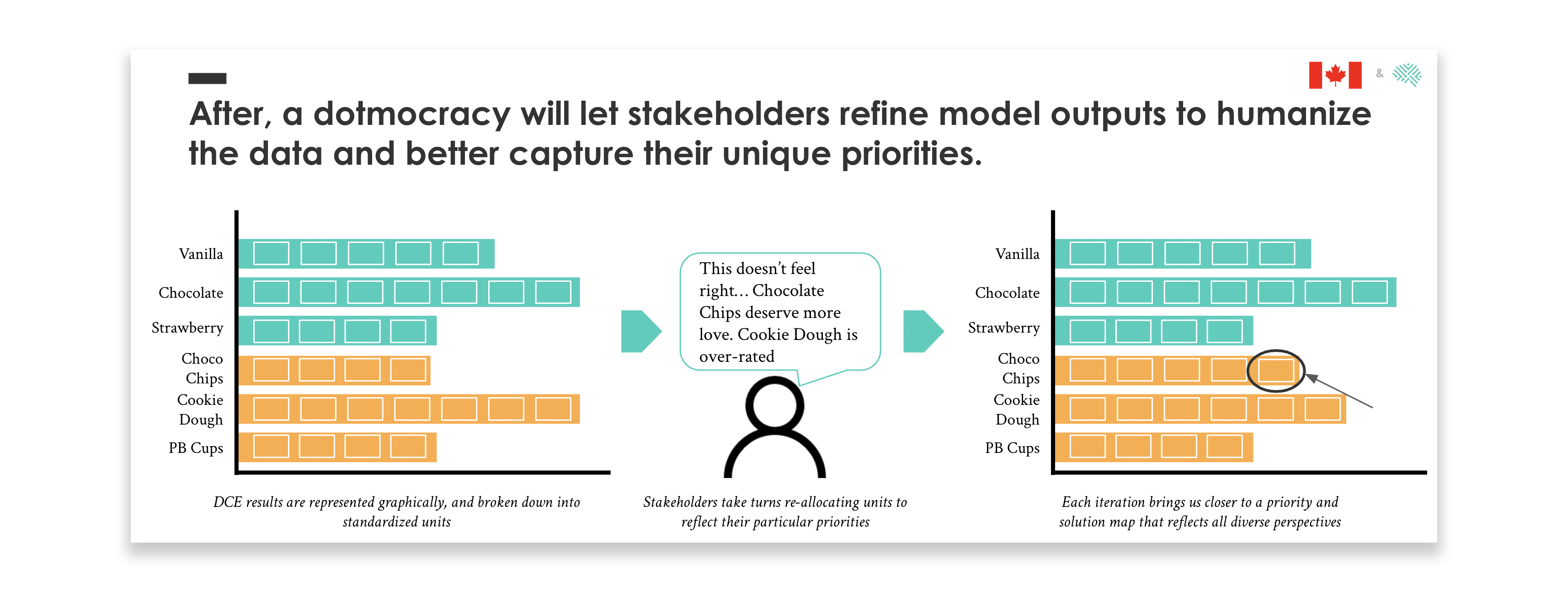Supporting Efficient & Effective Governance of Organ Donation Across Canada
0 min read
Organ transplants are one of the greatest advances in modern medicine. This procedure allows a failing organ to be replaced with a healthy one from a living or deceased donor. People may need an organ transplant to treat a variety of conditions, such as lung transplants due to cystic fibrosis, small intestine transplants due to Crohn’s disease, or kidney transplants due to lupus or diabetes.
Nearly 3,000 organ transplants were performed in Canada in 2022, a 31% increase from a decade earlier. These are vital, life-saving operations — but they rely on the generosity of organ donors, who tend to be in short supply. At any given time, there are upwards of 4,000 Canadians waiting to receive an organ transplant, and each year, more than 250 die waiting.
In 2018, Health Canada launched the Organ Donation and Transplantation Collaborative (ODTC): a multi-stakeholder collaboration with the mandate of improving Canada’s organ donation systems, achieving better patient outcomes, and increasing the number and quality of successful transplantations. The ODTC is made up of representatives from Canada’s provinces and territories, Canadian Blood Services, patients and their families, indigenous representatives, and clinical and administrative stakeholders and researchers.
The Challenges of Organizational Governance
Every stakeholder in the organ donation and transplantation (ODT) system has a unique perspective on the problems at hand. All of these voices need to be at the table — but as the structure of any committee grows more complex, it becomes easier for decision-making to get bogged down by opposing viewpoints.
Health Canada approached The Decision Lab to collaborate in two phases: first to help refine the Organ Donation and Transplantation governance framework, and then to develop recommendations for the framework’s implementation.
The governance framework is a pan-Canadian system that fosters cooperation and interoperability to maximize the ODT system’s efficiency and effectiveness. We used established, evidence-based techniques based on behavioral science to help the ODT Steering Committee better structure their decision-making processes, mitigate possible sources of bias, and identify key implementation considerations to finally arrive at a governance model that worked for everybody.

Defining the Problem
In any project that involves so many diverse stakeholders, the main challenge is navigating the parties’ diverse needs and interests. TDL’s main role was to facilitate structured conversations between all the parties involved in the ODT Steering Committee, guiding the collective towards a shared set of priorities and objectives for the structure of the governance framework and the approach to its implementation.
We collaborated with the ODT Steering Committee to understand the insider perspective of the Collaborative and the hurdles it was facing. We conducted interviews and surveys to understand the issues in ODT governance and implementation as perceived by the Steering Committee, then analyzed their qualitative feedback and synthesized it into a set of clearly defined problems to be addressed. We also worked with the Steering Committee to brainstorm a range of solutions for each problem. Throughout this work, we had several socialization sessions to discuss results with the Steering committee and ensure that they felt their ideas were accurately reflected in our synthesis.
Quantifying Preferences
Now came the main challenge: bringing the ODTC’s many stakeholders into alignment about which solutions should be adopted. Unstructured approaches to this kind of negotiation are almost always ineffective. Not only are people generally unlikely to waver from their established preferences, but this kind of process also invites many kinds of bias into the equation. (Hypothetically, stakeholders could favor a solution that gives preferential treatment to their group.)
To get around this, we put the Steering Committee through an exercise known as a discrete choice experiment (DCE). A DCE is a quantitative technique wherein people make a series of choices between two options at a time. To understand the principles of a DCE, let’s consider the analogy of crafting an ice cream sundae. Every option for flavor and topping represents a distinct attribute, and the sundae as a whole represents a combination of these attributes. In our real experiment, the ‘sundae’ was a randomized combination of solutions to our list of problems. Just like in making a sundae, participants’ preferences and priorities come through: if someone only likes vanilla, they may choose a vanilla sundae every time even if it doesn’t have their favorite toppings. Similarly, participants may weigh one particular solution in a set very heavily. This lets us examine which specific variables influence stakeholder decisions and how.

A DCE narrows the focus to just two solution sets at a time, reducing information overload and other sources of cognitive bias. It also lets us observe how people actually respond when forced to make a decision. This is important because people’s real-world behavior often diverges from their stated priorities; think of how many of us set intentions at New Year’s compared to the follow-through.
After all our participants completed several rounds of choices between solution sets, their answers were anonymized and used to calculate a single numerical score for each solution. Within each core problem, the potential solution with the highest score was crowned the winner.
Refining Our Solution
Our DCE gave us a clear, objective ruling on how the ODT’s governance system should be modified, as well as what steps should be taken before its implementation. However, it didn’t produce perfect agreement among stakeholders — and in any organization, it’s crucial to ensure that everyone can have their voice heard. To ensure that the Steering Committee members were in alignment, we followed up the experiment with a dotmocracy workshop.
Dotmocracy is a qualitative exercise wherein stakeholders take turns reallocating dots (i.e. points) previously assigned to each solution during the DCE. This provides everyone with an opportunity to refine the final plan and bring it into better alignment with their priorities and values. Over the course of a workshop facilitated by TDL, ODTC members continually took turns adjusting the governance model and implementation recommendations, iteratively getting closer to a final plan that better represented the committee’s diversity of nuanced viewpoints.

Final Words
Our refinement work led to several key changes that aimed to reduce primary issues of concern and gain stakeholder endorsement, while simultaneously increasing the efficiency, effectiveness, and justice of the ODT governance framework. Our recommendations for implementation will further support the framework’s realization of its mandate.
Organizational governance is no easy feat. The bigger the organization, and the more stakeholders participating in it, the more difficult it is to find methods of governance that adequately address everyone’s values and needs. Through our work with Health Canada and the ODTC, TDL is proud to have helped develop a more efficient and effective governance framework for organ donation across Canada.




